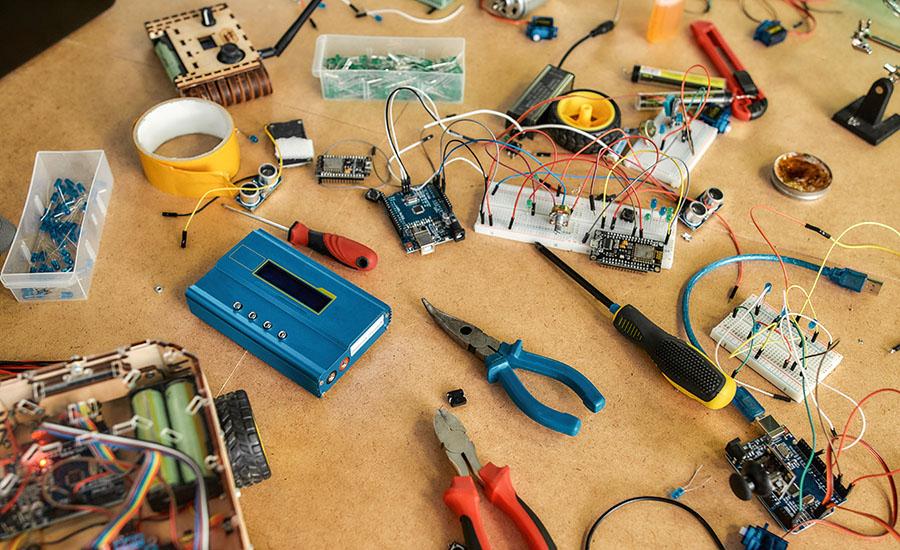
Engineering Art
by Michael Matteson
A lesson designed for an engineering course but that can be used in a science course where we investigate the physics of waves and how it can be applied to the world of art. Students will design and create an art item choosing from a choice menu of options where they can choose a 2D art piece, 3D art piece, a musical instrument, a theater object (like a prop, light gobo, or stage automation), a video game (or video game elements), or art tools. Students can use household items, CAD, 3D printers, laser engraver, CNC machine, etc.
Lesson Plan Link/URL
https://docs.google.com/presentation/d/1pe7zLZg2vKgOCRsDCn-yzNdal_Y0P2zW/edit?u…Subject Area
Science Physical Science P1: Matter P4: Energy Transfer Technology 1. Empowered Learner 3. Knowledge Constructor 4. Innovative Designer 5. Computational Thinker 6. Creative Communicator Engineering S2: Apply the Engineering Design Process S4: Apply Science to Engineering S5: Apply Technology to Engineering S6: Apply Communications to Engineering S7: Apply Project Management to Engineering English Language Arts (ELA) Reading (Informational Text) Writing Speaking & Listening
Featured
Off
Related Content

Grades:
5th Grade, 6th Grade, 7th Grade, 8th Grade
Empower with solar, motors & wireless! Unravel renewable energy, motor tech & wireless applications in an engaging STEM journey.

Grades:
9th Grade, 10th Grade, 11th Grade, 12th Grade
A high school physics lesson plan that uses guided inquiry to help students explore the changes in potential difference across resistors connected in series & parallel.

Grades:
9th Grade, 10th Grade, 11th Grade, 12th Grade
In this lesson students evaluate the advantages and disadvantages of conventional, petroleum-based plastics, bioplastics, and their different varieties. The lesson is driven by class/group research

